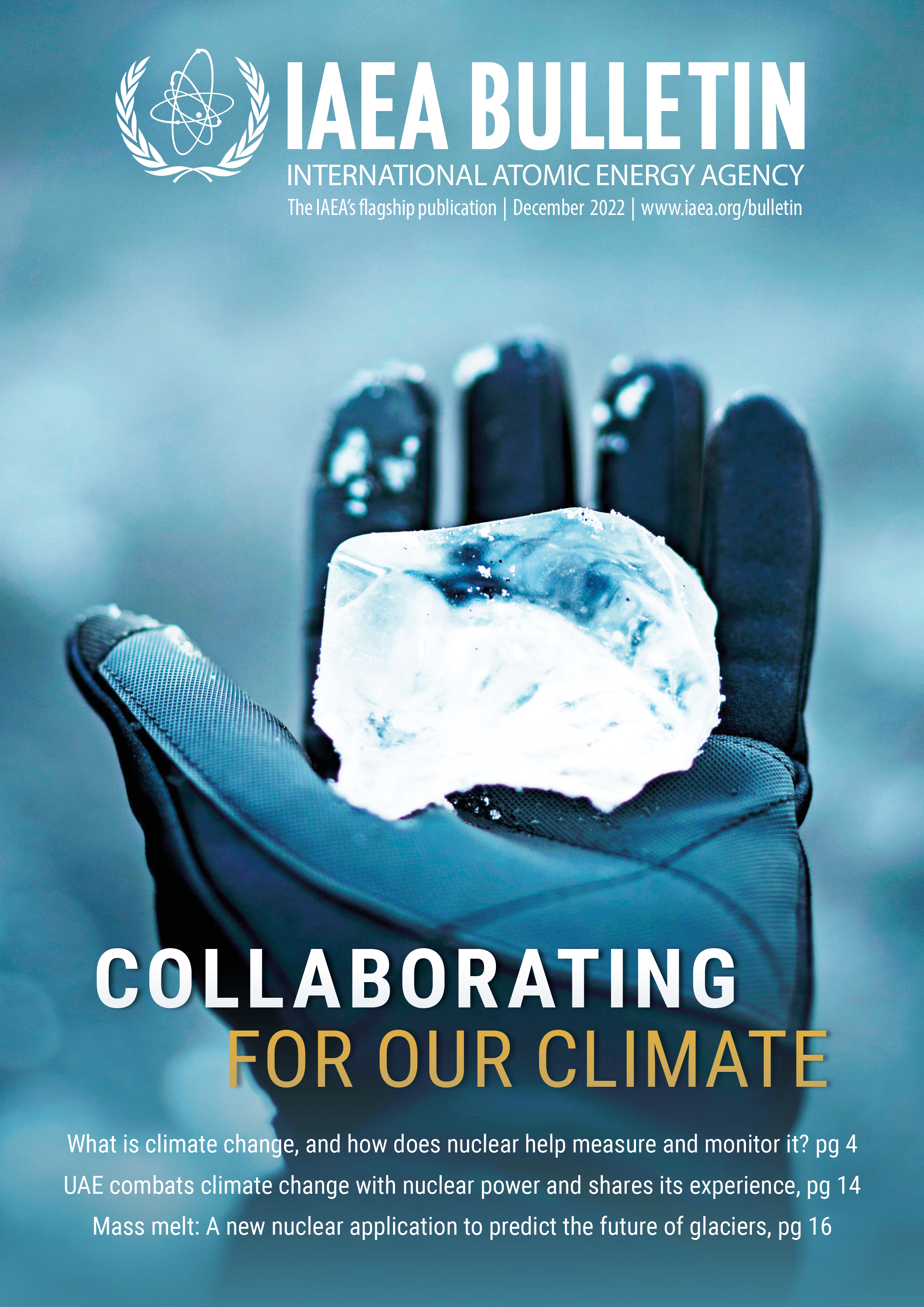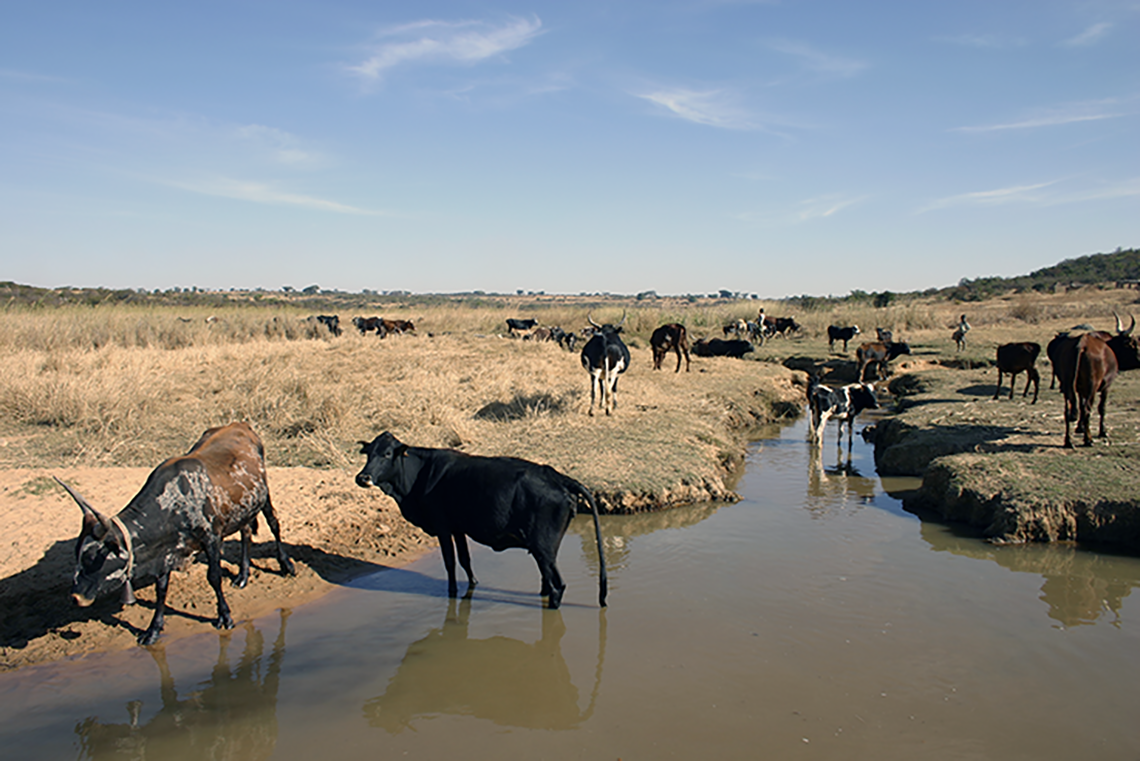During southern Angola’s long dry season, water becomes scarce. The smallholders that make up 80 per cent of the region’s cattle owners are forced to frequently move their herds great distances to find available pastures. They maintain an extensive livestock rearing and production system that relies heavily on grazing on natural pastures — pastures at risk from weather variations and climate change.
This year, the country’s southern provinces are experiencing a fifth consecutive year of drought, killing livestock, decimating crops and affecting some 1.6 million people. The drought and worsening climate conditions, described by the International Federation of Red Cross and Red Crescent Societies as the most damaging in 40 years, are catastrophic for pastures and the smallholders’ cattle production, impacting farmer’s livelihoods and the country’s food security.
“To help Angola and smallholders adapt to all these weather and climatic variations and changes, we need smarter solutions,” said Joaquim Ipanga Nganza from Angola’s Veterinary Research Institute. Nganza is working with the IAEA and Food and Agriculture Organization of the United Nations (FAO) on a two-year IAEA technical cooperation project to develop a climate-smart pasture management system using nuclear and related technologies.

